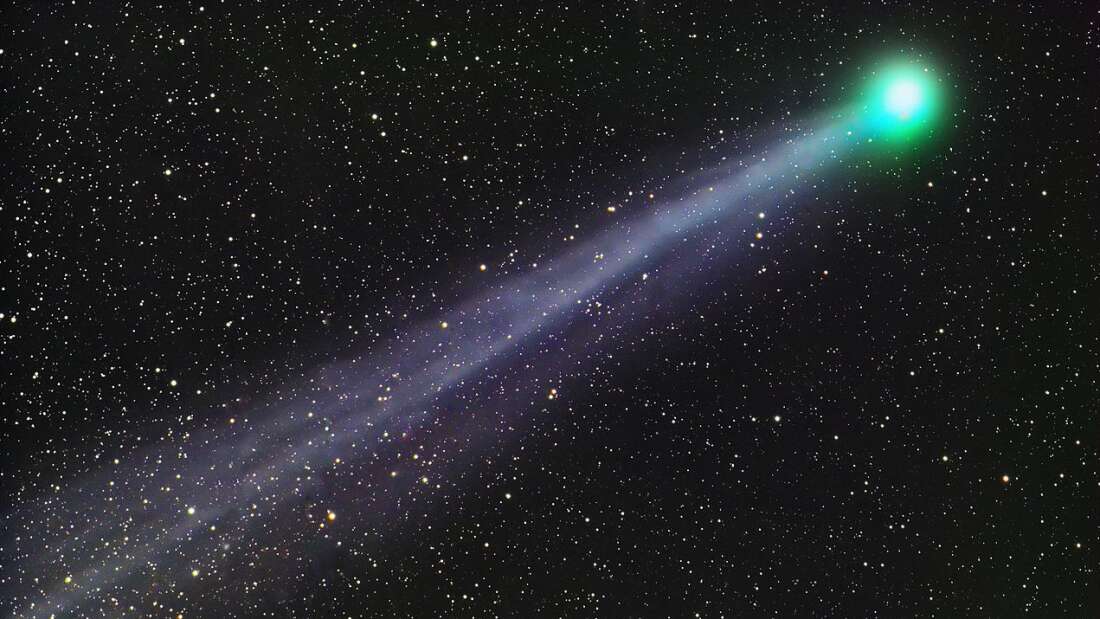An object with an orbit that takes it almost a light-year from the Sun is about to pay us a visit. We have almost a decade’s warning because it is unusually large for a visitor from such a distance; it could become the largest comet ever seen. Although estimates of the object 2014 UN271’s trajectory are changing rapidly as we find more observations in the records, the current best guess is it last came within the orbits of the planets 3 million years ago, and it will be even longer before it comes back.

In astronomical terms “eccentricity” is a measure of how elongated an orbit is. A perfectly round orbit has an eccentricity of zero, whereas one that is almost infinitely longer than it is wide has a value approaching one. On this basis, 2014 UN271 is indeed very eccentric (with an estimate of 0.99948 made by one of its discoverers), but it also fits the bill in more colloquial terms, since it’s not like any object we’ve seen before.
2014 UN271 is at least 100 kilometers (60 miles) wide, and could be as much as 370 kilometers (230 miles) across. If it’s a comet, as most objects are that have orbits like this are, it’s a candidate for the largest we have ever seen. The closest competitor is thought to be the Comet of 1729 (Comet Sarbat), which was probably around 100 kilometers (60 miles) wide. On the other hand, if it never ends up producing a tail there’s the question of how something with that composition ended up reaching distances a thousand times further from the Sun than Neptune.
The good news is, we have plenty of time to study it. Our first images of 2014 UN271 were made when it was approximately as far from the Sun as Neptune, but since then it has cut that distance by a quarter. In 2031 it will almost touch the orbit of Saturn, before starting its outward journey again. That’s not close enough for a really good view, barring a sudden scrambling of NASA priorities to send a mission to intercept it. However, given 2014 UN271’s size, the JWST may give us quite a view, if it’s finally been launched by then.
The most exciting part will be if 2014 UN271 really is a giant comet and its outer layers start to vaporize as it heats up. Whether approaching the orbit of Saturn will be enough to trigger this remains to be seen – for many molecules this is still much too far from the Sun to cause them to sublime, but carbon dioxide and carbon monoxide can be released at these distances.
Either way, this will still be the best look astronomers have had at an Oort Cloud object, much smaller comets aside, and likely the best view we will get for some time. At best, it may be visible in large backyard telescopes.
Although the first images we have of 2104 UN271 were taken as part of the Dark Energy Survey in 2014, it was not noticed at the time. It is only recently that astronomers Pedro Bernardinelli and Professor Gary Bernstein of University of Pennsylvania picked up its movements as part of a deep dive into the Survey’s records and traced back to find the oldest images that captured it.
